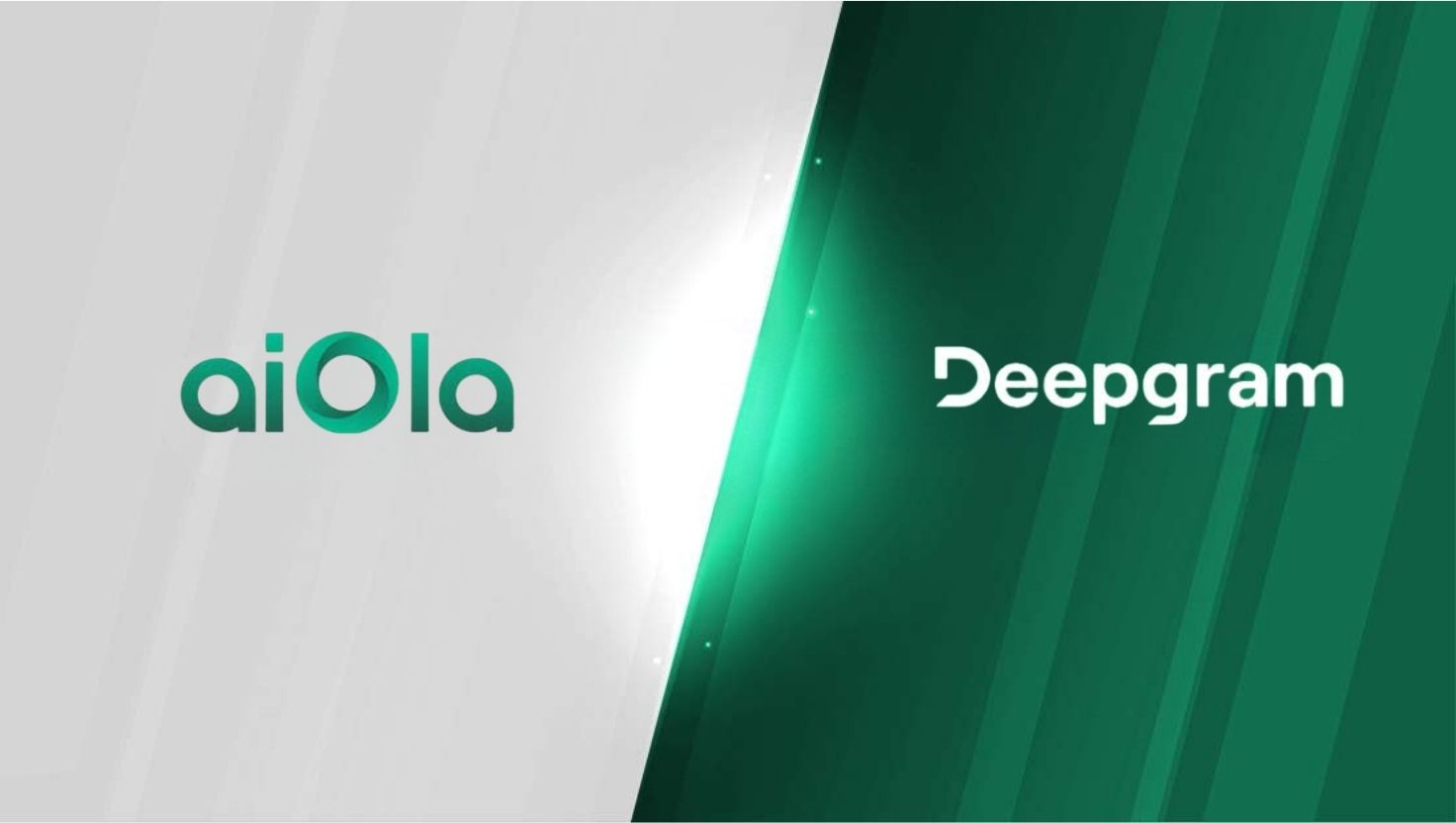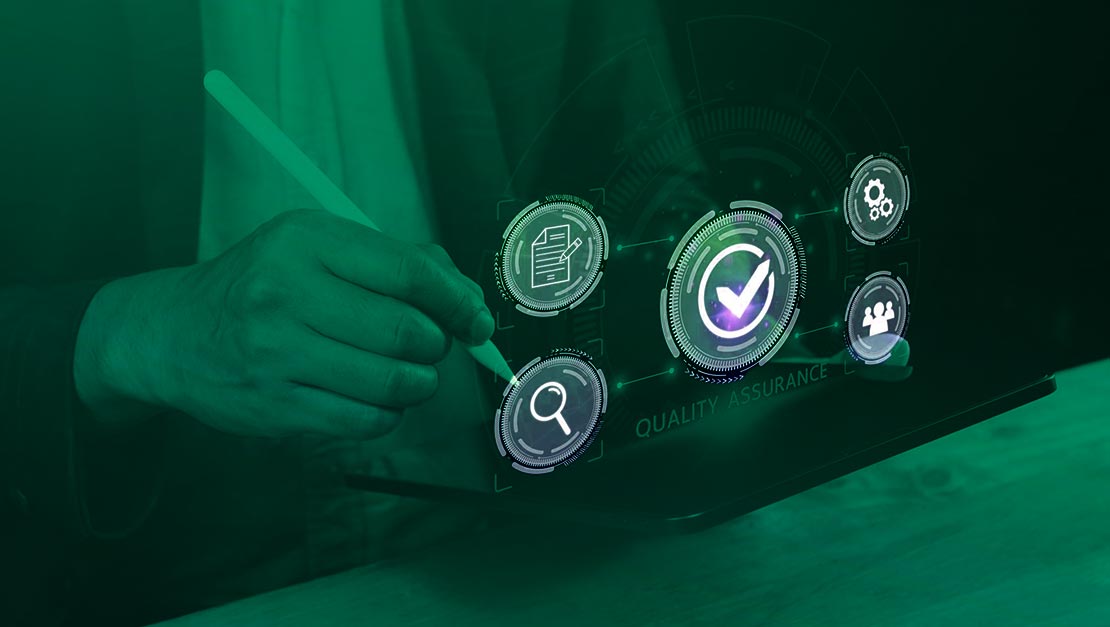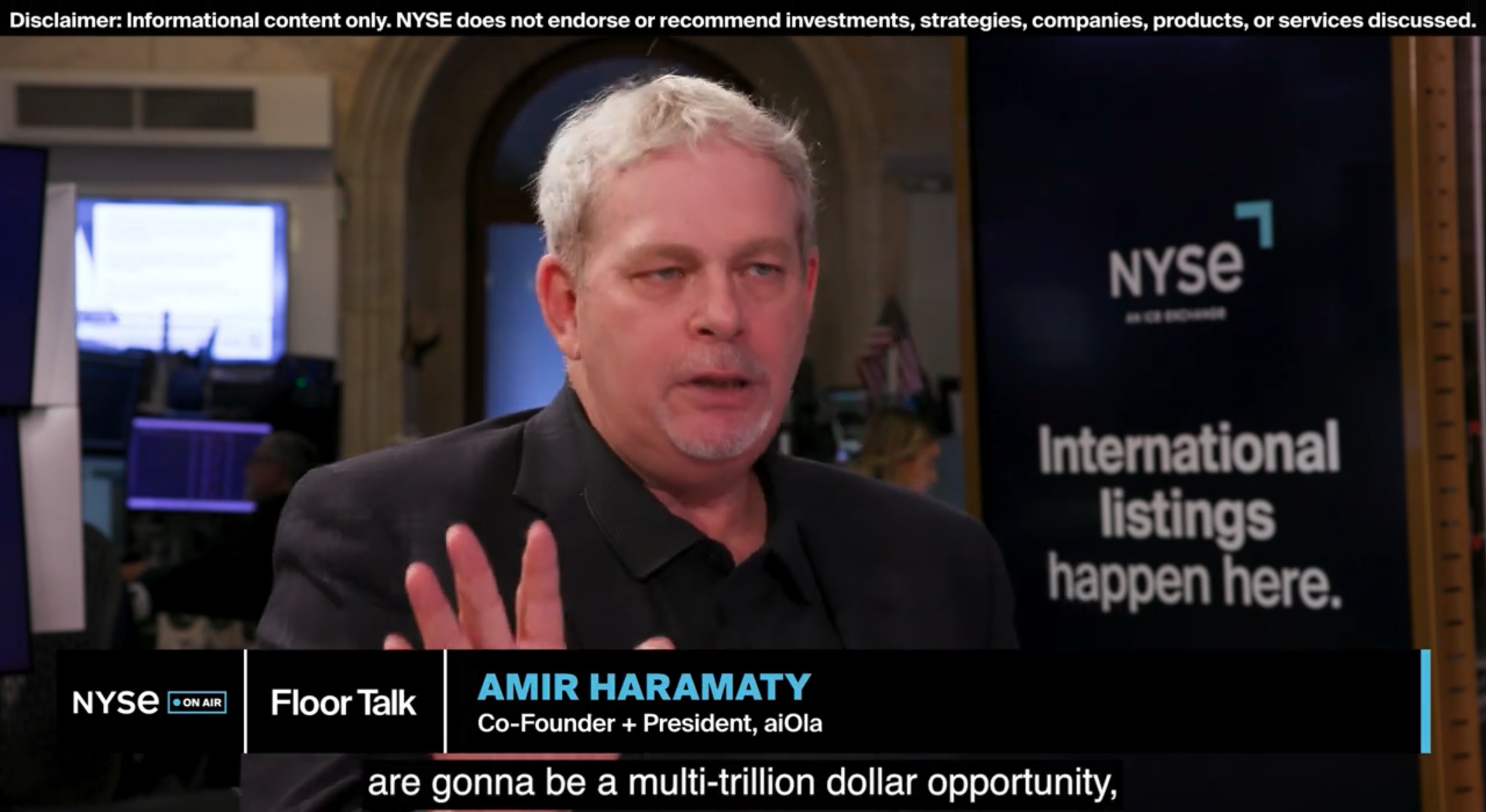When it comes to automatic speech recognition (ASR), choosing the right platform for your enterprise needs is crucial. With solutions like aiOla vs. Deepgram dominating the field, how do you know which one will serve your business best?
In this article, we’ll dive into a comparison between these two AI-powered speech recognition platforms, focusing on the core aspects that matter to real-world enterprises. We’ll break down key features like multilingual support, jargon recognition, noisy environment handling, and how both systems perform in industry-specific use cases.
Understanding aiOla vs. Deepgram
When comparing aiOla vs. Deepgram, you can see they are leading the charge in the ASR space, but their approaches differ when it comes to serving enterprise customers. Here’s a brief look at each platform:
Get to Know aiOla
aiOla specializes in real-world speech AI solutions with Jargonic at the helm. This proprietary model excels in zero-shot learning capabilities, meaning it adapts to any accent, industry-specific jargon, and noisy environments without the need for retraining. aiOla’s core offering is designed to seamlessly convert speech to structured data for a variety of enterprise-grade applications. From supply chain management to healthcare, aiOla enables companies to automate, analyze, and take actionable insights from speech data across 120+ languages and dialects.
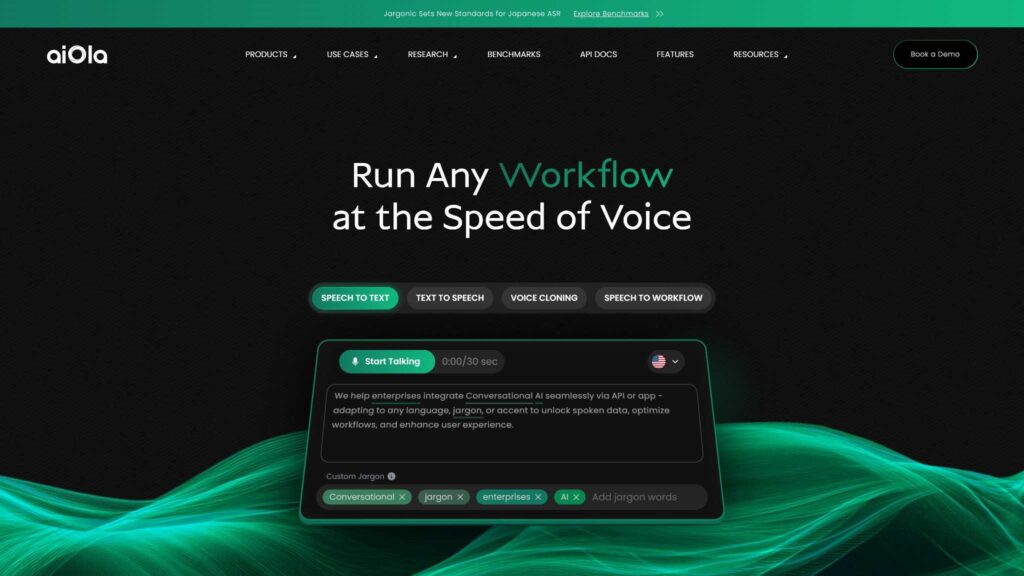
A Look at Deepgram
Deepgram, another prominent player in the ASR market, focuses on high-speed speech recognition with a strong emphasis on AI-powered transcription and customization. Deepgram’s platform offers deep learning models for various languages and accents and is used for many enterprise and customer service applications. It’s known for its flexibility, allowing businesses to train their models to suit specific needs, such as custom terminology or specific industry needs.
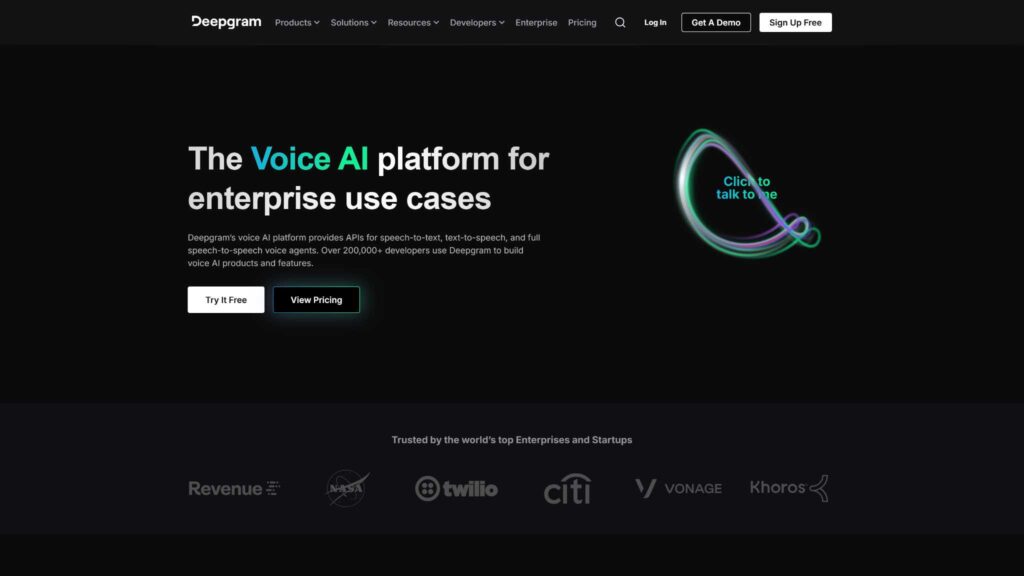
Key Features of aiOla vs. Deepgram
Let’s compare the key features of Deepgram vs. aiOla:
Use Cases: Consumers vs. Enterprises
aiOla targets large-scale enterprises with an emphasis on real-world challenges. It excels in multilingual transcription and the ability to handle jargon-specific terminology like that found in logistics, pharmaceuticals, and manufacturing (and really, in any industry). Whether it’s a multi-speaker meeting, factory floor noise, or compliance documentation, aiOla adapts quickly to ensure high precision in speech-to-text conversion.
While Deepgram offers solutions for enterprise use, its primary strengths lie in contact centers and customer service applications. Deepgram focuses on training specific language models for customized transcription, but often requires additional training to perform well in complex real-world scenarios.
AMI Meetings
Both aiOla and Deepgram offer automatic meeting insights (AMI) capabilities, but aiOla’s Jargonic V2 stands out, outperforming competitors like Whisper, ElevenLabs, and Deepgram with a 15.1% improvement.
Jargonic V2 provides a significant advantage for enterprises working with industry-specific terms, offering accurate keyword spotting even in noisy, multi-speaker environments. Whether it’s a healthcare team meeting or a financial audit, Jargonic V2 doesn’t require additional training to handle jargon. In contrast, Deepgram’s Nova-3 model performs well with clear speech transcription but may struggle with nuanced industry-specific terms unless retrained with custom vocabulary.
English Speech Recognition Across Multiple Datasets
Both platforms offer English speech recognition that can scale across datasets, but aiOla stands out in its ability to understand varied accents and dialects without retraining. aiOla can take on everything from British English in corporate boardrooms to Southern American English in warehouses and still maintain high accuracy.
WER Comparison of Speech-to-Text Models
Word Error Rate (WER) is an important metric when comparing ASR systems. According to benchmark tests, aiOla consistently achieves sub-5% WER across diverse datasets, including noisy environments, diverse accents, and industry jargon. In contrast, Deepgram’s WER performance is strong but often requires fine-tuning to meet the same accuracy levels in complex scenarios.
ASR Performance
aiOla’s ASR system is tailored for enterprise use, with built-in features like real-time keyword spotting and structured data output. It supports multiple languages and performs well under noisy conditions such as construction sites or factory floors. Deepgram offers fast and efficient ASR as well but generally requires additional customization to meet industry-specific needs.
Word Error Rate (WER)
aiOla’s conversational ai maintains a low WER even in complex, jargon-heavy conversations, allowing it to outperform competitors in speech-to-text accuracy for non-standard environments. The Jargonic V2 engine has been specifically engineered to handle noisy, multi-accent speech without additional training, unlike Deepgram, which sometimes requires extra configuration for highly specialized environments.
Integration
Both platforms support API integration for embedding their ASR services into various applications. However, aiOla’s integration is optimized for quick, seamless deployment in enterprise-grade systems like ERP, CRM, and quality control software. Deepgram provides integration support but may require additional steps to customize for specific enterprise use cases.
Number of Languages
aiOla supports over 120 languages and dialects, giving global enterprises the flexibility to operate seamlessly across diverse regions. Its strength lies not just in quantity, but in the quality of support for regional accents, non-standard speech, and industry-specific terminology across multiple languages. This is particularly valuable for multinational organizations in sectors like pharmaceuticals, logistics, and manufacturing, where both language and jargon vary widely by location.
Deepgram also offers multilingual support, but its language coverage is less comprehensive, especially when it comes to niche dialects or enterprise-grade jargon recognition. For businesses needing high-accuracy transcription in complex, multilingual environments, aiOla provides a more robust and scalable solution.
Efficiency and Accuracy
aiOla’s Jargonic V2 sets a new standard for real-world speech recognition, consistently delivering over 95% precision even in tough environments—think factory floors, logistics hubs, or busy offices. It handles multiple speakers, background noise, and specialized vocabulary without the need for additional training. T
his out-of-the-box performance dramatically reduces deployment time and increases operational efficiency. Deepgram, while accurate in clean audio settings, typically requires domain-specific retraining to match aiOla’s performance in enterprise contexts. For organizations looking to scale speech recognition without compromising speed or accuracy, aiOla offers a more adaptive and production-ready solution.
Enterprise-Grade Jargon Recognition
aiOla offers a unique advantage with its zero-shot learning capabilities, allowing it to understand and accurately transcribe industry-specific jargon without requiring any model retraining. This makes it especially powerful for enterprises operating in specialized fields like:
With 95% accuracy right out of the box, aiOla’s ASR system recognizes complex terms, acronyms, and domain-specific language—even in high-noise or fast-paced environments.
Deepgram, while a strong ASR platform, typically requires additional customized training to handle such terminology effectively. This adds time, cost, and complexity to deployment, whereas aiOla delivers precise results immediately, making it ideal for mission-critical enterprise workflows.
Performance in Noisy, Multi-Speaker Environments
aiOla outperforms Deepgram in noisy settings, thanks to its advanced noise-cancellation technology and robust training across diverse, real-world environments. aiOla continues to deliver high-precision transcription even in challenging multi-speaker scenarios, such as:
- Warehouses
- Factories
- Construction sites
- Loud offices
Its ability to adapt in these environments makes it ideal for enterprises that operate in settings with constant background noise and multiple voices. Whether it’s tracking shipments in a busy warehouse or ensuring safety compliance on a factory floor, aiOla maintains accuracy where others struggle. This ensures operational workflows continue smoothly without transcription errors that can result from noise interference.
Data Privacy & Compliance
Both platforms support enterprise data privacy and compliance, but aiOla goes the extra mile with automatic anonymization of sensitive information such as names and financial data through its Named Entity Recognition (NER) system. This is critical for industries like finance, healthcare, and legal that deal with sensitive information.
Closing Thoughts on aiOla vs. Deepgram
When looking at aiOla vs. Deepgram, aiOla stands out for its practical performance in enterprise environments. aiOla’s Jargonic V2 takes the lead with its zero-shot learning capabilities, multilingual support, and jargon recognition—all without requiring retraining. Whether your enterprise is dealing with noisy factory floors, multi-accent interactions, or industry-specific vocabulary, aiOla offers seamless integration and actionable insights to keep your operations running smoothly. Book a demo to learn more.

